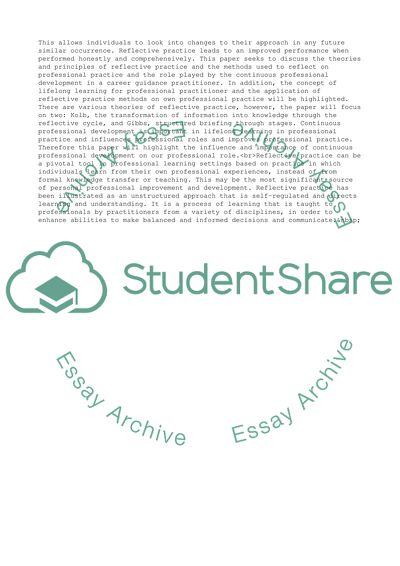Cite this document
(“Career Guidance and Development Essay Example | Topics and Well Written Essays - 4250 words”, n.d.)
Career Guidance and Development Essay Example | Topics and Well Written Essays - 4250 words. Retrieved from https://studentshare.org/management/1796460-level-6-diploma-in-career-guidance-and-development
Career Guidance and Development Essay Example | Topics and Well Written Essays - 4250 words. Retrieved from https://studentshare.org/management/1796460-level-6-diploma-in-career-guidance-and-development
(Career Guidance and Development Essay Example | Topics and Well Written Essays - 4250 Words)
Career Guidance and Development Essay Example | Topics and Well Written Essays - 4250 Words. https://studentshare.org/management/1796460-level-6-diploma-in-career-guidance-and-development.
Career Guidance and Development Essay Example | Topics and Well Written Essays - 4250 Words. https://studentshare.org/management/1796460-level-6-diploma-in-career-guidance-and-development.
“Career Guidance and Development Essay Example | Topics and Well Written Essays - 4250 Words”, n.d. https://studentshare.org/management/1796460-level-6-diploma-in-career-guidance-and-development.


